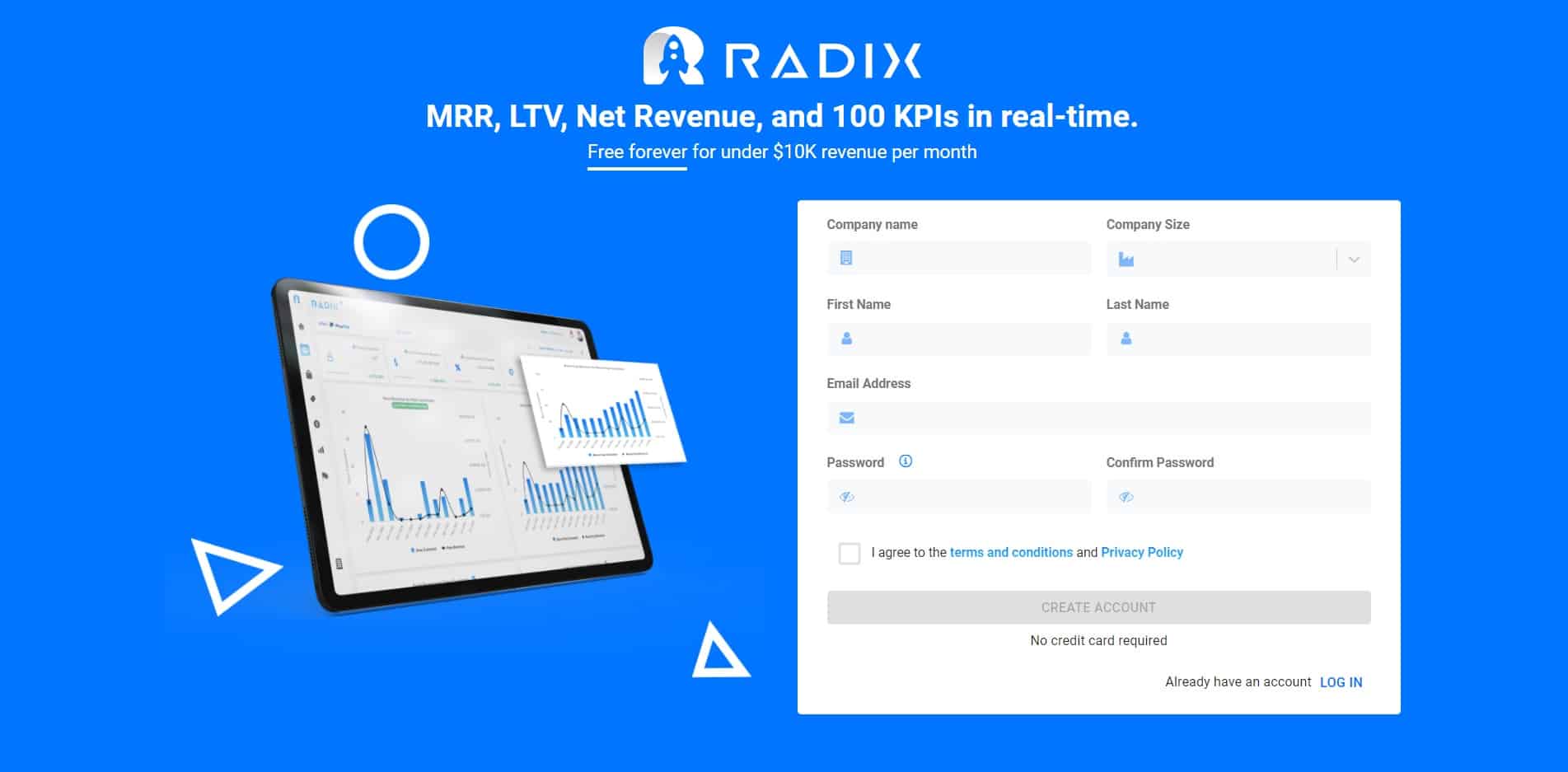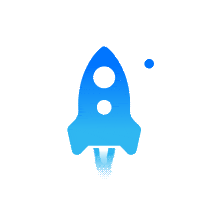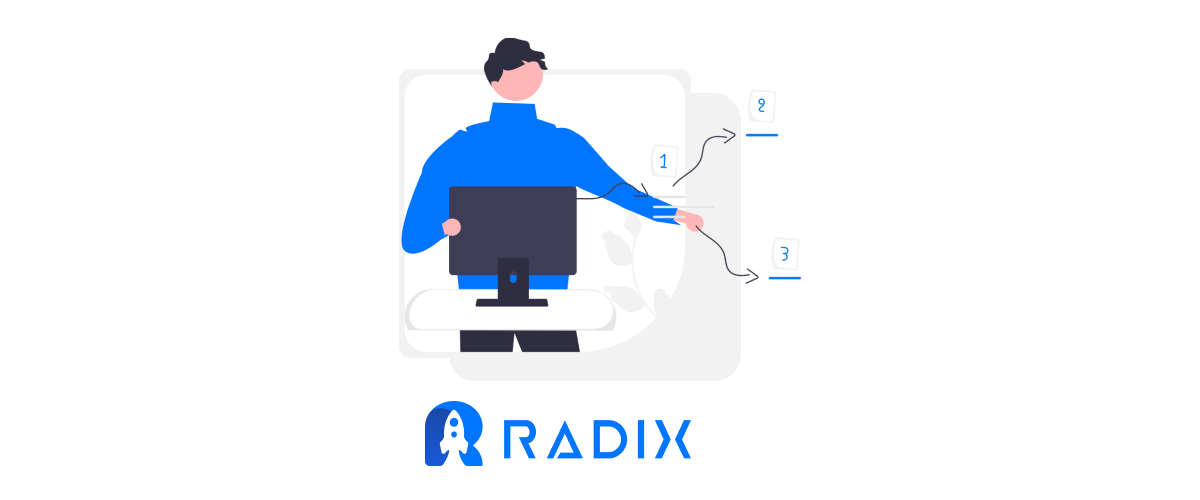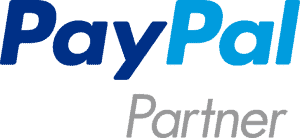This post shares the top growth hacking strategies from B2B SaaS companies that you can use to: attract your target audience, identify new sales opportunities, convert them into leads and ultimately make more money. If you are a B2B SaaS company or thinking to enter this space then this post is a must-read for you.
Product
1) Provide client onboarding and assistance 24 hours a day, 7 days a week
Onboarding and 24/7 customer support can be a huge differentiator for your SaaS. With the benefits of improving your customer lifetime value, increasing your conversion rate, and reducing your churn rate.
Make your b2b product as simple as possible to use. Customers may appreciate your solution and be enthusiastic about its benefits, but once they start using it, their excitement may fade.
Assist customers at every level of their interaction with your product, from onboarding through using its features. Even advanced users who are well-versed in your product may run into problems and need assistance. As a result, prioritize their uninterrupted experience and guarantee that your products cause them as little frustration as possible.
2) Create a professional-looking demo video
A product demo is an excellent approach to introduce your product, highlight its unique features and benefits, and explain how it works to potential customers. It’s also quite helpful: instead of explaining everything yourself, you present prospects with a bright, clean, yet instructive clip that explains everything.
Furthermore, requesting a demo is the first sign of possible interest in your product, which you can track. Then you may take additional steps to turn your lead into a customer.
3) Serve Multiple Segments
Offering a single product or bundle for a single fixed price enables you to stay focused, but it also limits your ability to reach out to a larger audience. A product line (a group of related products) might, in turn, attract more prospective customers from diverse groups, such as SMBs and corporations. The same is true for numerous package options: your software will become more inexpensive to some audiences, which will benefit you in the long run.
Customer
4) Do not sell right away
Act as if you are a professional doctor who examines a patient, diagnoses his condition, comments on it, and then recommends a cure. You should be an expert who wants to help your prospects rather than a cold sales robot out to collect their money. Identify your leads’ weak spots and explain how your product may help them overcome them. Provide value, demonstrate how the software works, and be ready to do pilots before receiving payments.
5) Ensure that your audience is engaged across several channels
Customers aren’t going to fall in love with your product right away. Furthermore, people are likely to forget about it after viewing your banner ad for a few seconds. Make sure there are several touchpoints to capture your leads’ attention and pique their interest in you and your offer.
6) Pay attention to your prospects and customers
Customer feedback helps you in refining your strategy and improving the customer journey to achieve a successful sale. That is why it is critical to understand your strengths and weaknesses.
Launch online surveys, ask for feedback in follow-up emails, and contact or invite your customer to a zoom meeting to talk about their experience. To fine-tune your strategies, products, and offers, track feedback from any channel and monitor insights and comments from your community members.
Content
7) Create Engaging Content
Because SEO blog posts make it simpler for qualified inbound prospects to locate your website, make sure all of your copy is optimized. Look up keywords that are connected to your product and use them in your writing.
However, SEO strategy does not entail stuffing your website with as many terms as possible to climb the search rankings. It’s all about optimizing pages without jeopardizing the meaning and worth of your articles. Keep in mind that your blog should constantly respond to your audience’s inquiries and concerns, so write naturally.
8) Encourage others to post as guests
Guest posting, for example, is an outbound marketing tactic that works in both directions. You fill your blog with fresh and helpful information when you accept articles from other expert authors (if picked regularly). Additionally, authors frequently share such pieces on their social media accounts, resulting in increased traffic to your website. You may draw new audiences to your website by contributing to other companies’ blogs.
Website
9) Make an eye-catching design
When visitors arrive at your website, their initial impression is mostly based on aesthetic elements. Customer loyalty may be increased by using well-chosen brand colors, beautiful typefaces, attractive and customized visuals, and an optimal layout. Your website’s design may represent your professionalism to your visitors.
So don’t economize on a unique, innovative, and fresh web design that will distinguish your company. You should make your website look great because it is your online image.
10) Navigation is key
Even if your landing page has a beautiful aesthetic design, the navigation will determine whether it succeeds or fails in a matter of seconds. Your online visitor will enter and browse around, just like they would in a physical store. They will be disoriented and may even leave if there is a mess and they have no idea where to go.
Similarly, after skimming the page, the prospect will either find the section and information they want, or they will click the red X.
Make sure the website is user-friendly, optimized, and takes potential customers where they want to go.
11) Make call-to-action buttons and contact forms visible
Don’t leave users guessing about how they may submit their contact information to hear back from you. The majority of people will leave if they can’t find the contact form within seconds (it’s generally in the footer of the main screen). The same is true for CTA buttons: if the button isn’t noticeable or the needed action isn’t obvious, you’ve just lost a lead. Make sure your buttons are in the appropriate places and that your contact form is easy to discover.
Social Media
12) Develop a worldwide community
Analyze the groups you’re a member of on Facebook or LinkedIn. Now, consider why you do it. Most likely is because you appreciate being a part of this community or find the information useful.
When would you like to share something with one of these groups? Probably when you’re aware that other people are interested. Also, if you occasionally ask for advice, it’s because you know your like-minded groupmates will sincerely want to help you.
Now, try to create your supportive professional community. Participants are free to chat and share their thoughts and experiences in this group. Start conversations with interesting and useful material, and build an environment that encourages followers to participate and stay engaged.
13) Create and run advertising campaigns for your B2B SaaS Product
Any B2B startup has to use digital ad campaigns as a marketing strategy. Ads that are well-targeted, relevant, customized, and engaging can generate hundreds of leads over time. Use AI-powered technologies to gather highly relevant audiences, enrich your campaigns with new buyer intent data for improved targeting, and create engaging and high-converting creatives.
To increase the efficiency of your marketing and sales teams, scale your B2B SaaS firm, and increase revenue, follow these 13 tips.
Track and Analyze your B2B SaaS Data Revenue with Radix. Real-time insights! 150+ valuable metrics.

Read More:
7 Marketing Strategies for Startups
Growth Hacking: 7 tips for SaaS Business to Scale Up
Improve MRR Performance:10 Tips for Improving Your MRR for Better Business Growth





